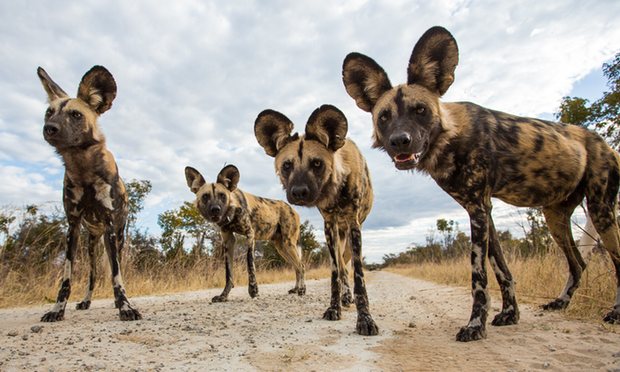Agriculture and overuse greater threats to wildlife than climate change – study Efforts to address climate change must not overshadow more immediate priorities for the survival of the world’s flora and fauna, say researchers

Agriculture and the overexploitation of plants and animal species are significantly greater threats to biodiversity than climate change, new analysis shows. Joint research published in the journal Nature on Wednesday found nearly three-quarters of the world’s threatened species faced these threats, compared to just 19% affected by climate change. It comes a month before the International Union for Conservation of Nature (IUCN) hosts its annual summit in Hawaii to set future priorities for conservation. The team from the University of Queensland, the Wildlife Conservation Society (WCS) and the IUCN assessed 8,688 near-threatened or threatened species on the IUCN’s “red list” against 11 threats: overexploitation, agricultural activity, urban development, invasion and disease, pollution, ecosystem modification, climate change, human disturbance, transport and energy production. It found that 6,241 (72%) of the studied species were affected by overexploitation – logging, hunting, fishing or gathering species from the wild at rates that cannot be compensated for by reproduction or regrowth. These included the Sumatran rhinoceros, western gorilla and Chinese pangolin – all illegally hunted for their body parts and meat – and the Bornean wren babbler, one of 4,049 species threatened by unsustainable logging. Some 5,407 species (62%) were threatened by agriculture alone. The cheetah, African wild dog and hairy-nosed otter are among the animals most affected by crop and livestock farming, timber plantations and aquaculture. At the same time, the analysis showed, anthropogenic climate change – including increases in storms, flooding, extreme temperatures or extreme drought and sea-level rise – is currently affecting just 19% of species listed as threatened or near-threatened, and was ranked seventh among the 11 threats. Hooded seals are among the 1,688 species affected. These have declined by 90% in the north-eastern Atlantic Arctic over the past few decades as a result of extensive declines in regional sea ice, and the availability of sites for resting and raising pups. The common hippopotamus and leatherback turtle are also being affected by climate-related droughts and high temperatures. The analysis comes a month before representatives from government, industry and NGOs meet in Hawaii for the annual IUCN World Conservation Congress. High on the agenda will be defining a sustainable path for translating climate and development agreements – including the 2015 Paris agreement – into conservation actions.

